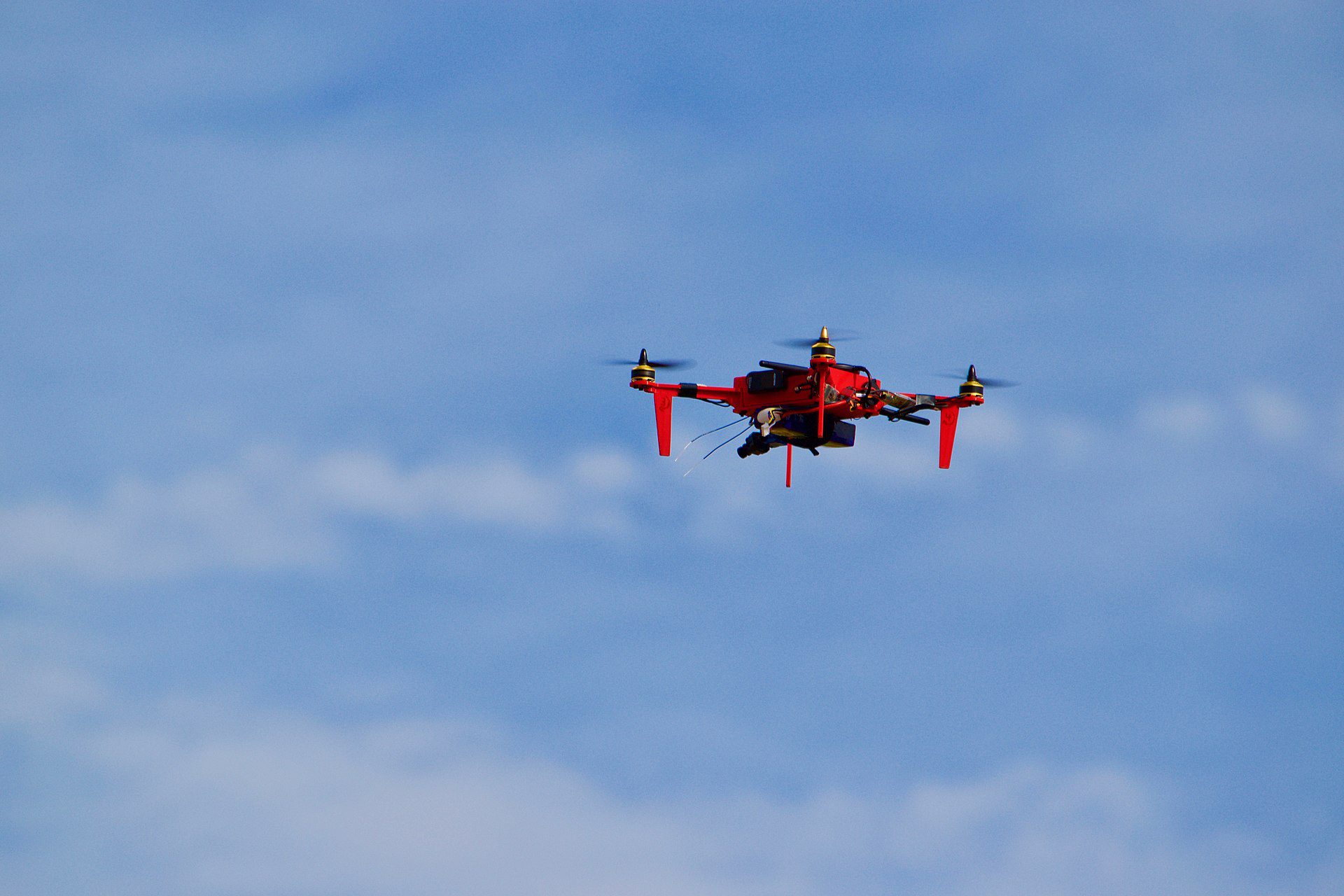Drones promise to revolutionize the way our world works- but for now, one of the coolest things you can do is design and build your own drone. Whether you want a drone to race, take pictures, fly it acrobatically, or just a new hobby to tinker with, getting into building a drone is much easier than you probably think.
How to Start Building a Drone
1- Decide what kind of drone you want to build
With every new technology come a variety of designs. Most hobby drones have quadcopter designs, with four propellers, but the size of the propellers makes a big difference to the size of a drone and where it is optimized for flying. From smaller to larger propeller sizes:
- 2” Class- These are usually very small and are meant for indoor flights. Their small size means they can maneuver fairly easily indoors. They can be very, very fast.
- 1-4” Micro Class- These are the smallest drones you can really fly outdoors.
- 5” Mini Class- These are some of the most common racing and acrobatic drones. They’re very versatile and are good choices for carrying a camera such as GoPro reliably.
- 6” Mini Class- Meant for longer range, cruising flights, these are often used to take scenic videos and photos.
- 7+” Class- these are large drones that are capable not only of carrying a camera with a stabilization system but also a GPS or other equipment, as well as a larger battery.
2- Pick your parts
Drones are composed of different parts. These (and some of your options) are:
The Frame
- Light-weight for racing or freestyler for higher flights over hard surfaces
- Top-mounted battery or underslung battery- this will affect both center of gravity and battery vulnerability
- Swappable arms or a one-piece design
- Make sure the frame can fit all of your desired components
Motors
There are variations out there for motor weight, RPM, thrust, power, etc.
ESC (Electronic Speed Controllers)
These small parts produce the three phase AC current you need to make your drone’s motors run. Be mindful of the amp draw of your drone when selecting ESCs; your ESC burst current will need to exceed it or things will become very hot mid flight, possibly even catching fire. ESCs run on different software, with new ones and new protocols popping up on a regular basis.
Flight Controller
Your drone’s brain. It measures the angle of your drone and uses that as well as your inputs to determine how fast the motors should spin.
PDB (Power Distribution Board)
This is on this piece of hardware that you connect to the rest of the drone’s electronics to power them.
Propellers
There are many materials, sizes, and specs for drone propellers out there.
Transmitter and Receiver
Your means of controlling the drone. Again, many options out there.
Batteries and chargers
Drone batteries come in all sorts of shapes. You never can really have enough; most people start with four at least. You’ll also need a charger to keep those batteries going.
3- Build your drone
When it comes to building your drone, it’s a good idea to get help from a local drone group or at least a very thorough Youtube video (like this, though ideally you’ll find one that is as close to your drone build as possible). Even larger drones require some painstaking detail work and you want to make sure you connect all the pieces, especially the electronic parts, correctly. Work slowly and keep in mind that- as anyone who has built a computer can tell you- you may not be sure why it isn’t working when you finish, meaning you have to go back and take it apart and put it together correctly.
At Jawstec, we have been helping people build drones for years. Some of these builds include industrial agri-drones that help farmers manage their land to speedy hobby racing drones. 3D printing allows for highly customizable drone components. Select for the shape and weight that you want for your drone design. Because 3D printing allows for customizable designs, you can build components from stronger materials without causing weight issues.
Thinking about building your own drone? Reach out to our experienced team to see how we can help you optimize your drone design, whether you’re looking to race, take pictures, or considering more industrial uses. Our experts are here to help you!

0 Comments